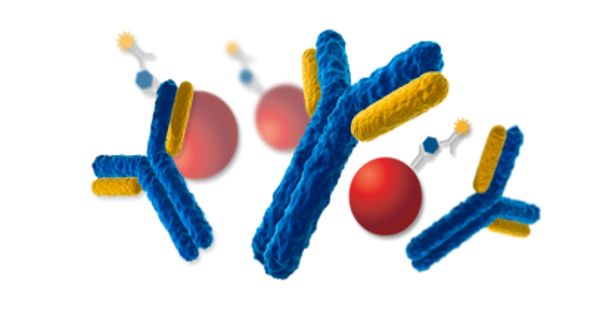Biosemiotics is a semiotic and biological field that explores prelinguistic meaning-making, biological interpretation processes, sign and code development, and biological communication processes. It is an interdisciplinary field that studies the function of signs and communication in biological systems. It blends biological and semiotic concepts to better understand how information is transmitted and processed in living beings.
Biosemiotics combines results from biology and semiotics to suggest a paradigmatic shift in the scientific perspective of life, with semiosis (sign process, including meaning and interpretation) as one of its immanent and intrinsic characteristics. Friedrich S. Rothschild coined the term “biosemiotic” in 1962, but Thomas Sebeok, Thure von Uexküll, Jesper Hoffmeyer, and many others have utilized it and developed the area. The topic is broadly separated into theoretical and applied biosemiotics.
Key concepts within biosemiotics include:
- Semiosis: The process of signification or the creation of meaning. In biological systems, semiosis refers to the interpretation of signs and the generation of responses.
- Signs and Symbols: Biosemiotics examines how living organisms use signs and symbols to convey information. This can include genetic codes, communication among animals, and even the behavior of cells within an organism.
- Code Biology: This idea explores the genetic code as a form of information storage and transmission. It suggests that the genetic code can be analyzed using concepts from information theory.
- Communication in Nature: Biosemiotics investigates communication at various levels in nature, including between cells, within organisms, and among different species.
- Evolution of Communication: The field explores how communication systems have evolved in living organisms and how they contribute to the adaptation and survival of species.
Biosemiotics is based on the premise that life is both a physical and chemical phenomenon as well as an informational one. Biosemiotic insights have also found use in the humanities and social sciences, such as human-animal studies, human-plant studies, and cybersemiotics. It implies that signals and symbols are important in the communication and coordination of biological processes. These cues can take many forms of communication, including chemical signals, visual displays, audio messages, and more.
Applications
Biosemiotics has applications in biology, philosophy, linguistics, and cognitive science. It provides a theoretical framework for comprehending the informational components of life as well as the intricate interactions that living organisms have with their surroundings. The area is evolving as academics investigate the complex linkages between biology and the study of signs and meaning.
















